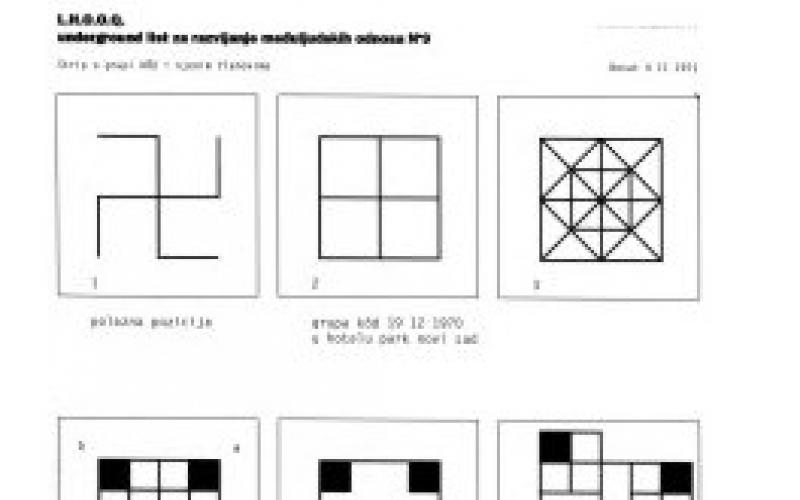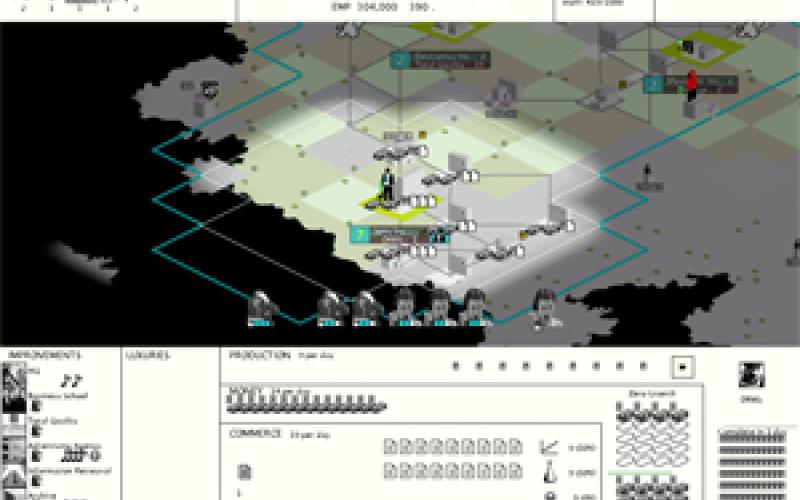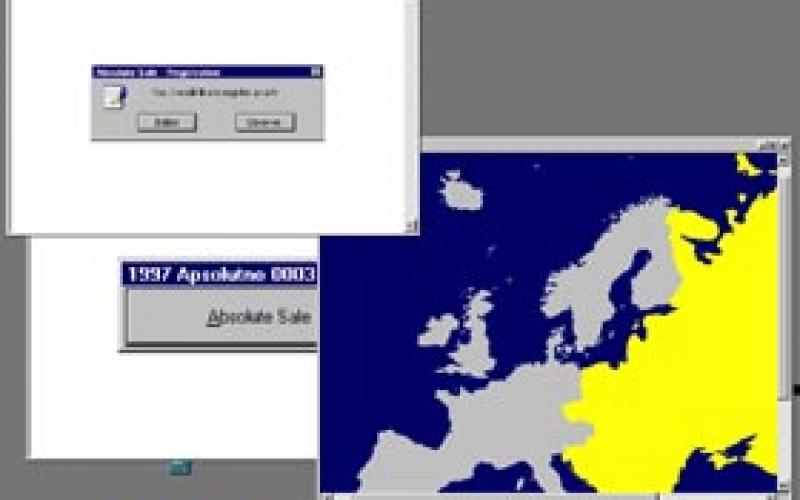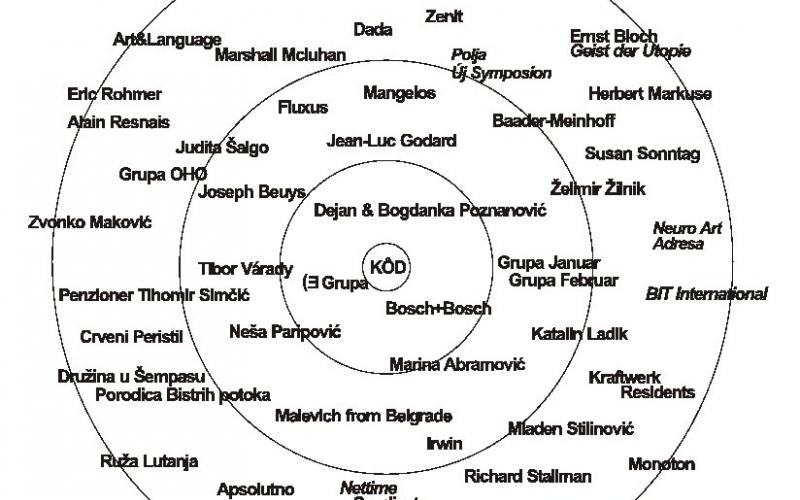Media Ontology, Mapping of Social and Art History in Novi Sad
The exhibition Media Ontology, Mapping of Social and Art History in Novi Sad so far has been presented in:
- Stuttgart, at the international exhibition "On Difference", Württembergischer Kunstverein, May - July 2005.
Photo documentation from the exhibition in Stuttgart: http://www.kuda.org/node/657
- Vienna, Gallery “Art Point”, Kultur Kontakt Austria, May 2006.
- Graz, Gallery and Center “Medien KunstLabor”, September 2006.
- Minneapolis, US, Gallery and Center “Midway Contemporary Art”, April-May 2008.
Photo documentation from the exhibition in Minneapolis: http://www.kuda.org/?q=en/node/2099
Announcement of the exhibition in Minneapolis: http://www.kuda.org/?q=en/node/2066
Media Ontology - Mapping of Social and Art History
According to the statement by the Slovenian art group Irwin: History is not given, it needs to be constructed; we see that the history of post WW2 neo avant-garde in Eastern Europe is still not written. That especially applies to the local context of Novi Sad, capital of northern Serbian province Vojvodina, where local art infrastructure and critics at the end of the sixties and beginning of the seventies did not have mechanisms and tools to process rich artistic and cultural activities that were happening right in front of their eyes.
Some of the protagonists were members of the KôD group, group (E, group (E - KôD, Slobodan Tisma, Miroslav Mandic, Mirko Radojicic, Bogdanka Poznanovic, Vladimir Kopicl, Slavko Bogdanovic, Cedomir Drca, Tibor Varadi, Katalin Ladik and others were individuals who worked in the sphere of linguistics, performances, process art and conceptual art with strong emphasis on intertextuality and interdisciplinarity. Strong influence was coming from the film production, the so-called ‘black wave’ with names like Želimir Žilnik, Dušan Makavejev or Karpo Aćimović Godina.
They were acting from the inside of mainstream cultural and youth state institutions, which was, at that time, rare in Yugoslavia and Eastern Europe. Since the provocation of the state apparatus and ideology crossed imaginary boundaries of the state’s tolerance, it reacted, thus confirming its position in power hierarchy. State apparatus completely changed editorial boards of institutions and magazines with agents and bureaucrats imprisoning some of the protagonists of the scene and forbidding or destroying critical films.
This specific ‘cultural heritage’ vanished from the public sphere after the state’s intervention and became part of the local mythology, went into denying art in general, escapism and symbolical death of utopia which had similar destiny to other utopian and avant-garde movements in the mid seventies.
In the present time, contemporary production presents works in different media, Internet, games, video, wireless technologies, digital goblens. The works deal with different aspects such as: Eastern European art market or shifting ideologies (Apsolutno), functioning of contemporary capitalism in strategy games (Eastwood), crisis of consumerism (Vladan Joler), ready made video from the US Air Force plane that was shot down during the bombardment of Novi Sad (kuda.org). Their work corresponded with the activity and network of kuda.org and with their current practices they are conceptual successors of the sixties and seventies.
The question of the so-called ‘new media’ is quantitatively identical to the problems that the neo avant-garde of the sixties and seventies dealt with while conducting experiments with installations, video and electronic sound. These problems deal with the question of the relationship between the medium and the content, i.e. what is new in new media. Media research is the history of research of communication and extroversion and in itself, simultaneously seeking the channels to address the masses and send a message. The avant-garde's aspiration to penetrate society and lead it to the utopian project of creating a just society is closely connected to media research. The content of this exhibition presents different researches and experiments in the new media and a kind of manifestation of the artistic avant-garde from the sixties and seventies and the contemporary media art at the close of the 20th and the dawn of the 21st century.
Contextually, the exhibition Media Ontology - Mapping of Social and Art History joins already existing research and the exhibition The Continuous Art Class http://www.kuda.org/?q=node/541 about Novi Sad Neo-Avantgarde of the 1960’s and 1970’s. The exhibition Media Ontology continues existing research and connects it with contemporary and new media practices.





